3 min read
8 Key Issues for Indigenous Peoples in Canada
Eight of the key issues of most significant concern for Indigenous Peoples in Canada are complex and inexorably intertwined - so much so that...
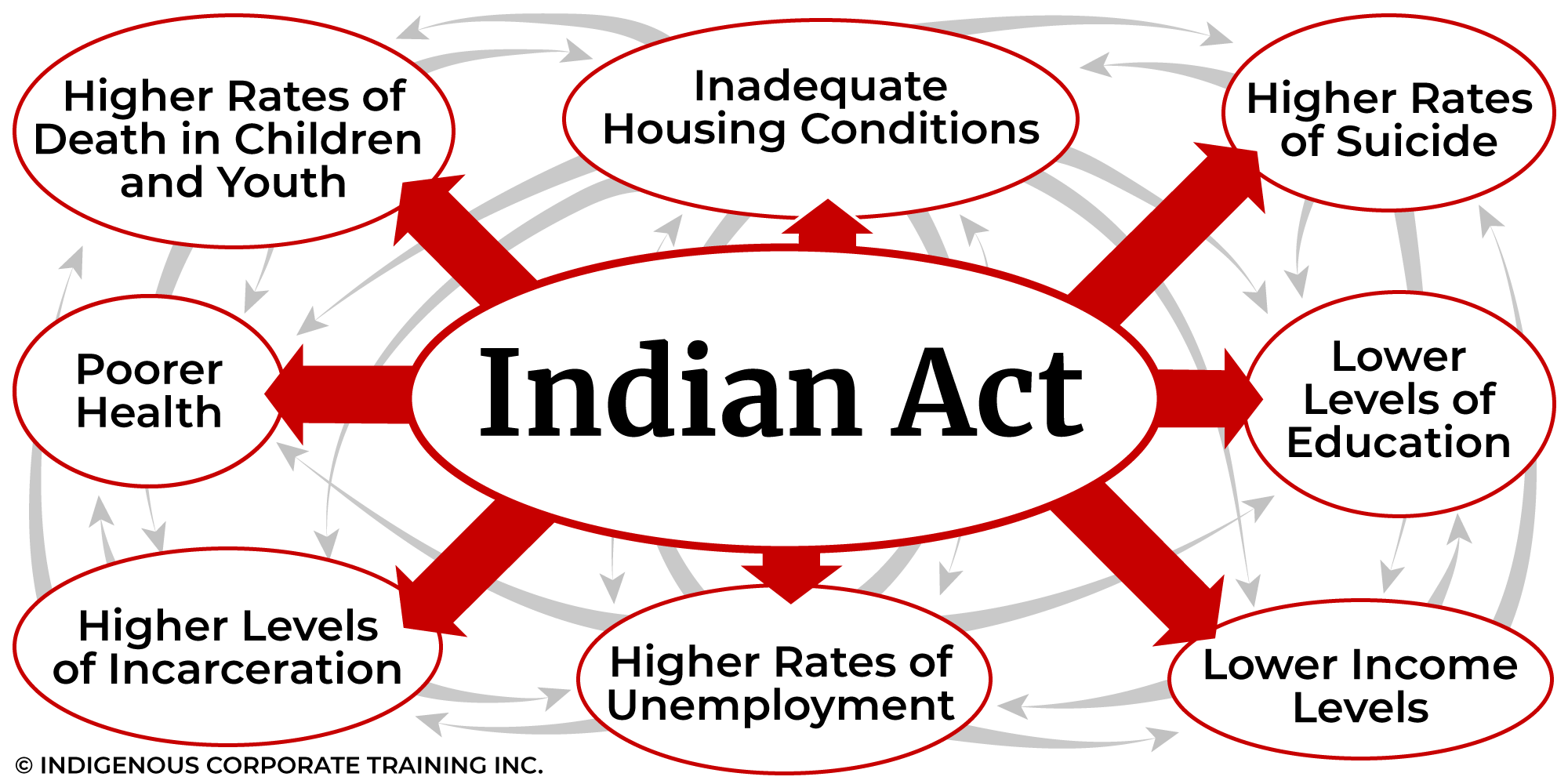
3 min read
Eight of the key issues of most significant concern for Indigenous Peoples in Canada are complex and inexorably intertwined - so much so that...
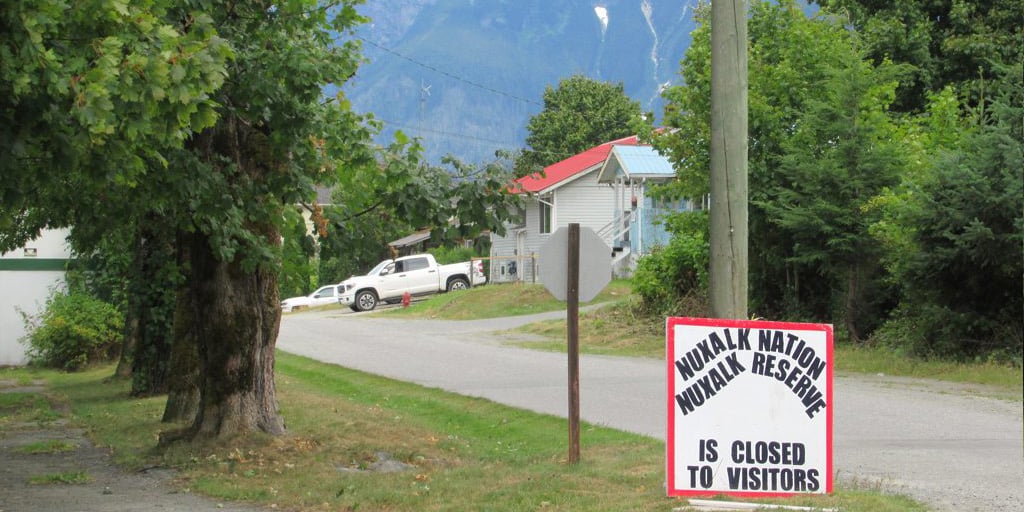
2 min read
Did you know that adequate housing was recognized in the 1948 Universal Declaration of Human Rights? Did you know almost one in six Indigenous people...
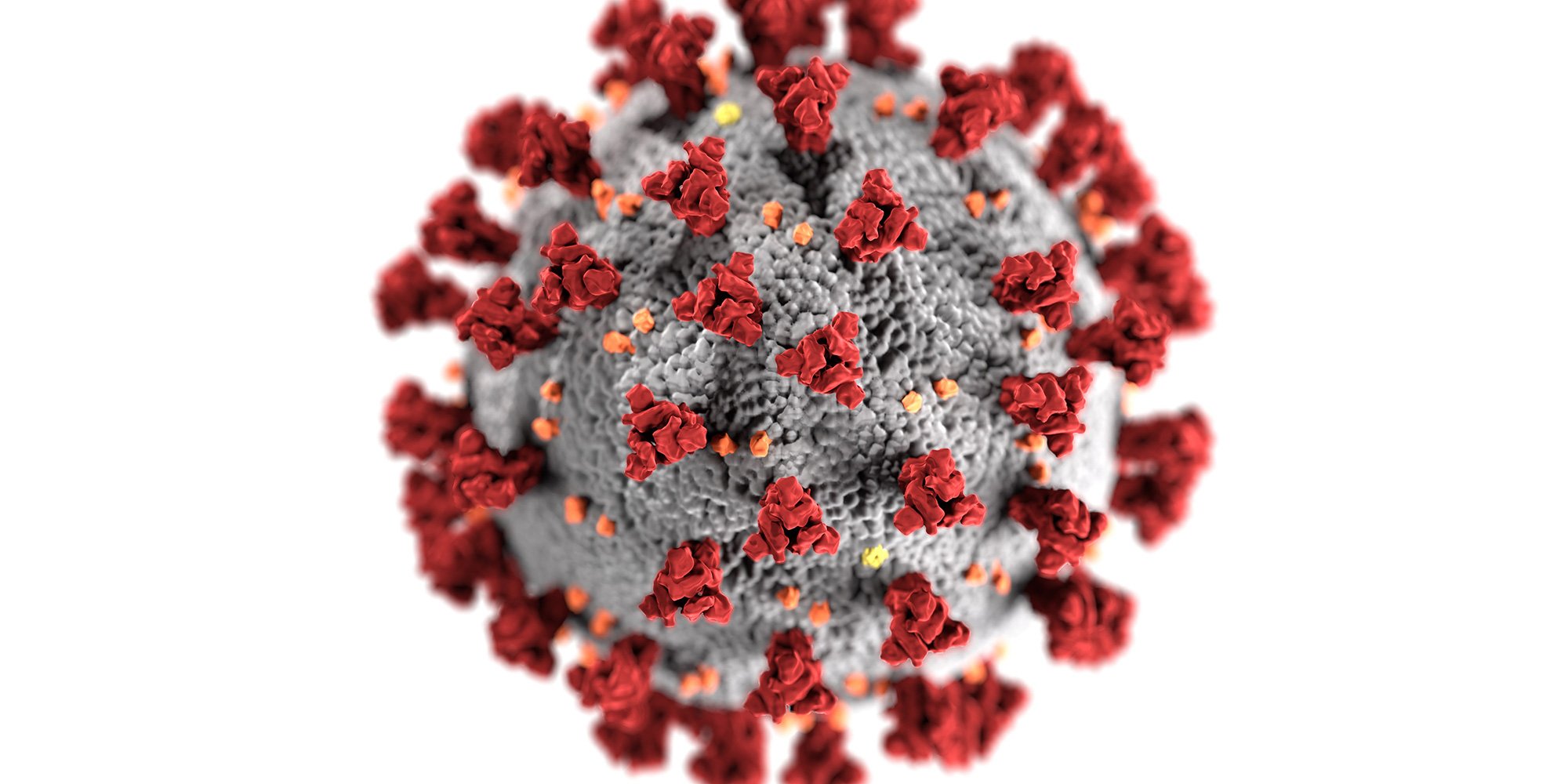
6 min read
We are in uncharted waters these days as countries around the world scramble to respond to the COVID-19 pandemic. While we are all at risk and all...

2 min read
In this article, we look at the barriers - some tangible, some not - that maintain the status quo of exorbitant rates of unemployment amongst...
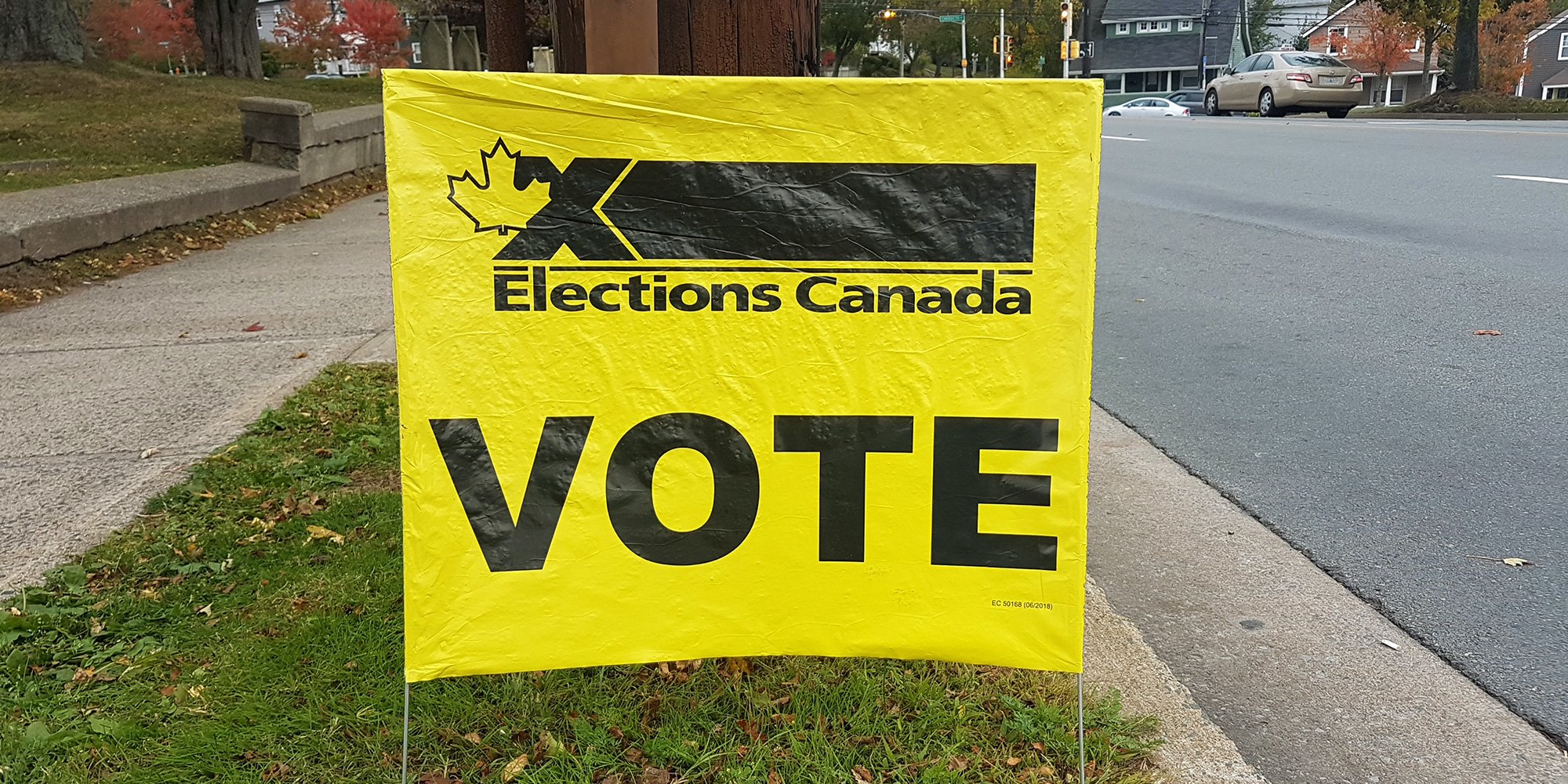
2 min read
Prior to the introduction of the Indian Act in 1876, communities were self-governing and leadership was designated according to each community's...
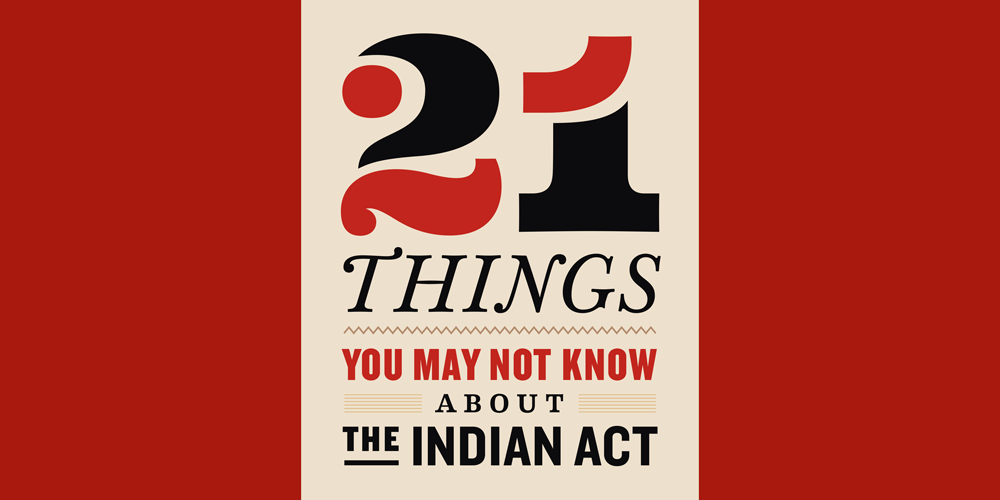
3 min read
I want to reflect on how the social and political landscape of Canada is changing. It may not be as fast as some of us would like, or as...

4 min read
We identify ourselves in many ways - by gender, generation, ethnicity, culture, religion, profession/employment, nationality, locality, language,...

3 min read
In nearly every country with an Indigenous population, and that includes some of the wealthiest countries in the world, there are disparities between...
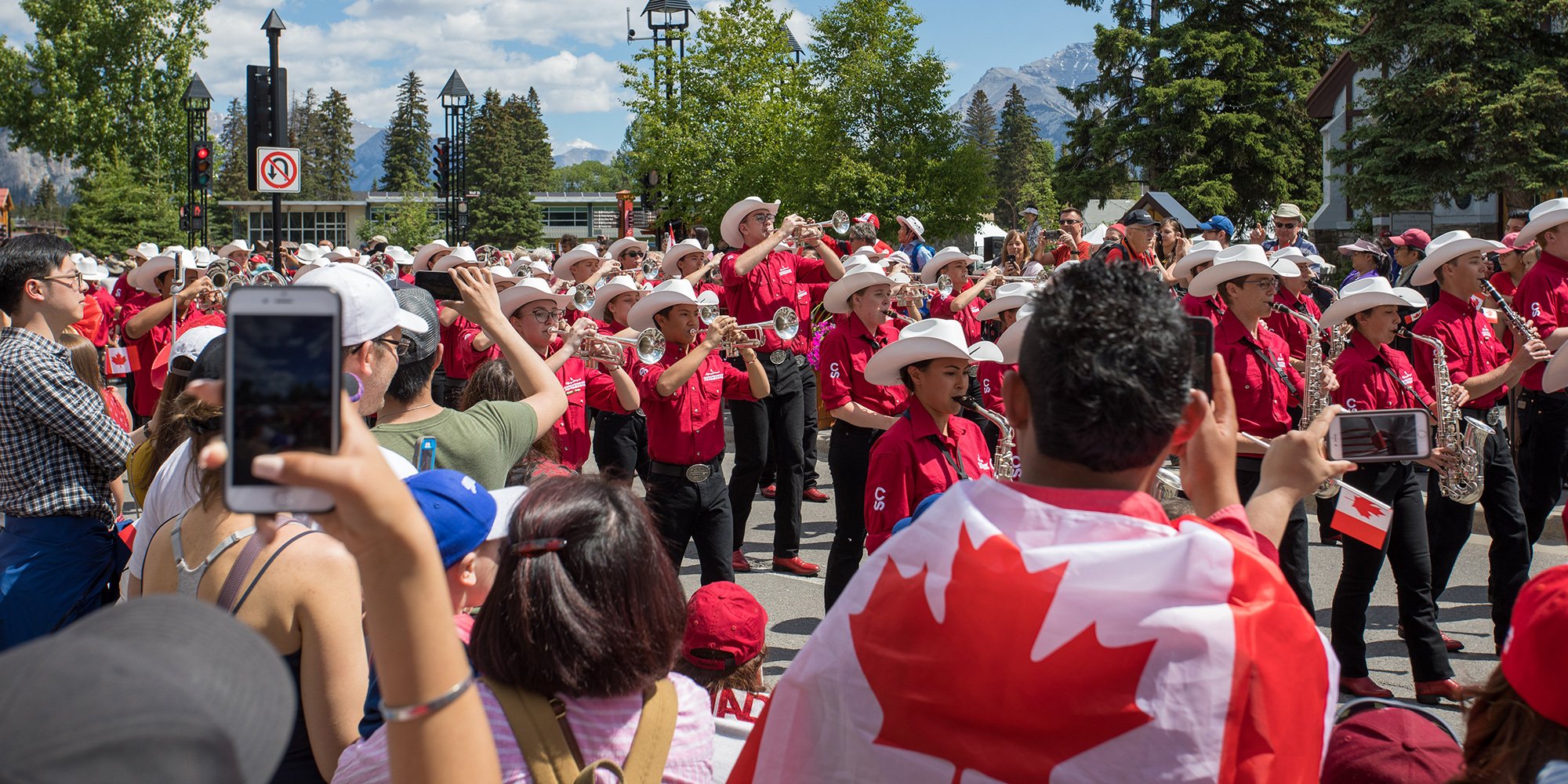
3 min read
June is National Aboriginal History Month, and this year, the day after National Aboriginal History Month ends activities for Canada 150 begin....
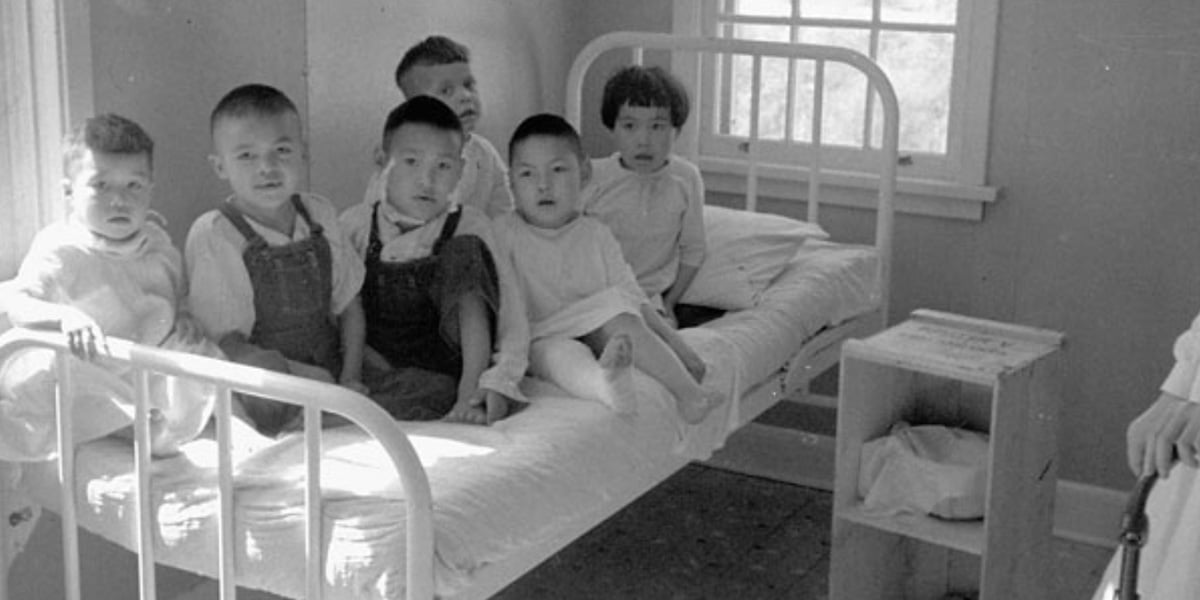
4 min read
We would like to acknowledge that this article was framed from the research and writing of authors Maureen Lux (Separate Beds: A History of Indian...